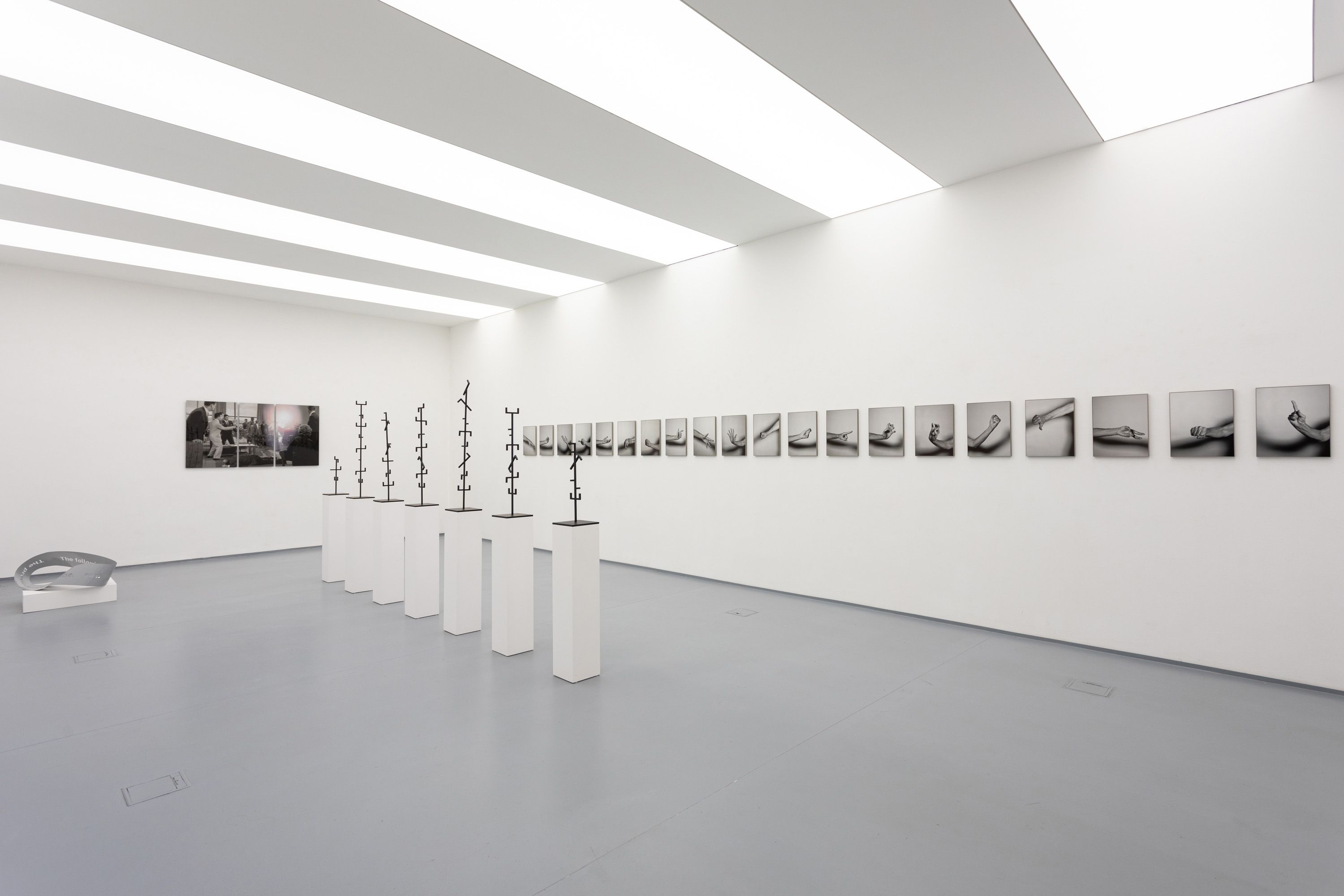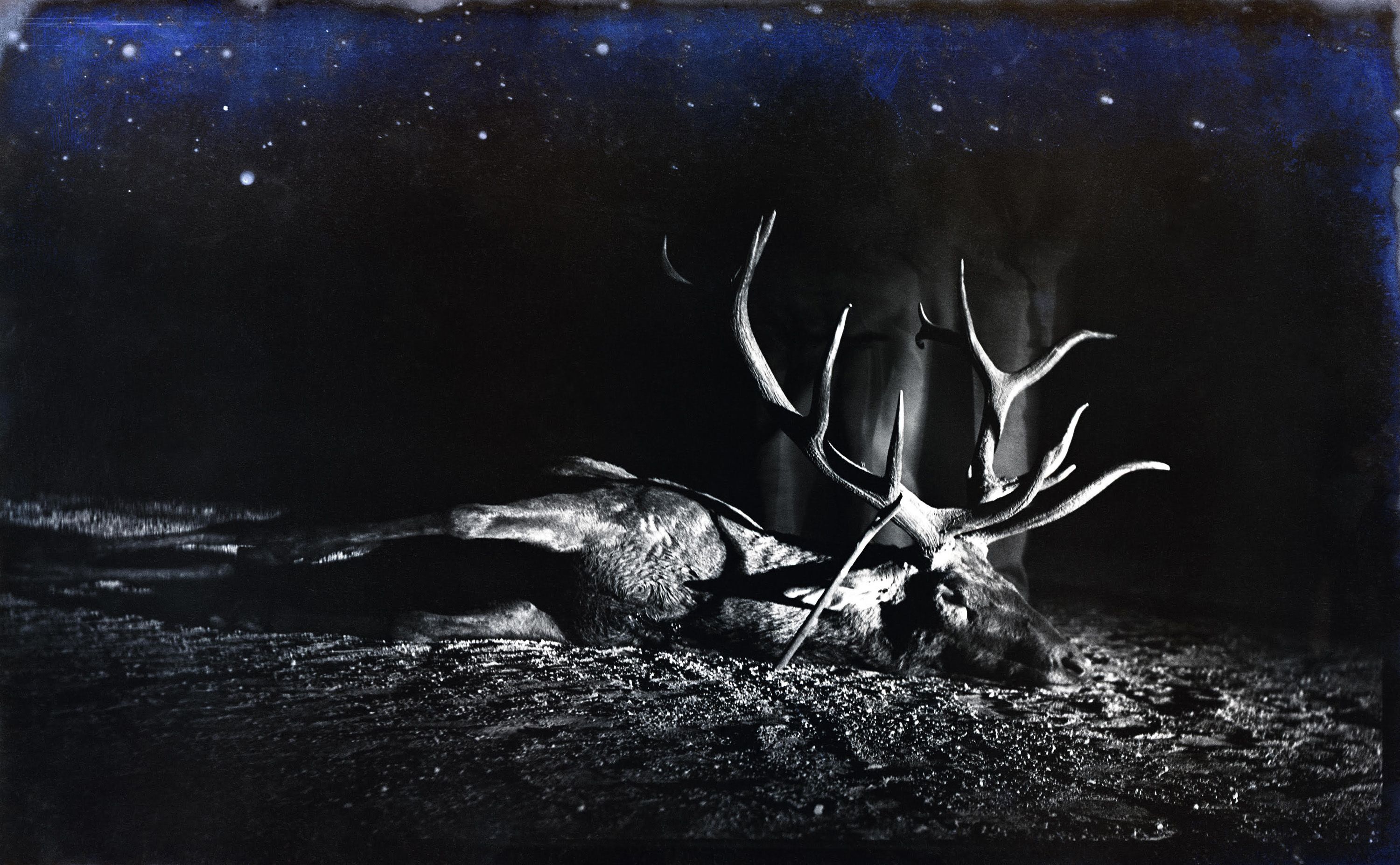Marcell Esterházy
FACTUM
| Venue: | acb Gallery |
| Date: | Jul 29 – Sep 03, 2021 |
Description
We are proud to present the third solo exhibition of Marcell Esterházy organised by acb Gallery. The artist’s debut exhibition in 2013 titled Compare (cf.) focused on themes typical of Esterházy’s work, such as family history examined in a broader historical context, or through the investigation of personal connections and memories. His show Night Blindness at acb Attachment in 2017 was rooted in an even more radical and private aspect of memory and coping with the past: the experience of mourning. Opening on the 28th of July, the exhibition Factum presents a selection from Esterházy’s recent work, this time related more to general political and media-theoretical issues than to the crisis of the accessibility of reality and the credibility of pictorial representations. Dealing with communication and the uncertainty of factuality (which already had a significant role in the works exhibited at the 2015 exhibition Meaning at Capa Center), these works rekindle the technical and media-based procedures characteristic of Esterházy’s practice, including the re-enactment and the appropriation of found images, the symbolic associations of the hand, spanning across his oeuvre, or the evocation of historical sources and objects such as the first optical telegraph device.
The seven sculptures installed in the exhibition space are based on the so-called semaphore system of the optical telegraphic device designed by the French inventor Claude Chappe. Utilised from the end of the 18th century in the era of Napoleon, these windmill-sized guardhouses were equipped with a vertical pole complemented with perpendicular levers that could be adjusted and combined, resulting in a code language. With the help of these devices that were installed about 20 kilometres from each other, people could communicate reaching across an enormous distance, spelling out words to each other, which were in many cases strategically important military messages. The sculptures placed in the centre of the exhibition venue visualise several constellations from the „Chappe ABC” in a vertical manner, resulting in an abstract, totem-like „visual word”. The sculptures which are intended to be read from above spell out the seven deadly sins in Latin. Instead of reflecting on the moral meaning of these sins, this list points to the omission of the sin of „lying”, which is often interpreted as the eighth sin.
While these sculptures thus bring the theme of lying to the centre of attention through the application of inverted logic, the other works in the exhibition relate to this theme more directly, as they evoke the problems of untruth, pictorial manipulation, issues connected to certainty, and certain knowledge, dealing with the aesthetic gestures and inquiries characteristic of Esterházy’s work, rather than thematising the intellectual content of these age-old questions from the dawn of humanity, as ancient as philosophy and art itself.
A good example of the gesture is the still image isolated from Hitchcock’s film North by Northwest, from which the artist removed the figure of the protagonist, who was under the suspicion of murder. In the theatrical scene of the film, a crowd stares in an office at the innocent protagonist leaning over a corpse, staring incomprehensibly at the body, holding a knife, while a camera also flashes. Next day the resulting front-page photograph serves as seemingly irrefutable evidence of the misunderstood character’s committed crime, who is thus forced to flee and research the background and motivating factors behind the series of conspiracies that strike at his life. By deleting the character played by Cary Grant, Esterházy questions the witnessing aspect of photography, and instead of staging the suspect, he highlights our gullibility. Even though the camera flashes and the eyewitnesses are sure of what happened, actually, nothing has come to light. In the absence of context, the behaviour of the crowd seems to be based on a community of faith in which reality does not depend on factual truth but on consensus, common belief, and accepting behaviours (as represented by the pantomime tennis players of another important film about photography, Antonioni’s Blow-Up). Esterházy’s objets trouvé, or the new meanings gained through their minor modifications, are central to the artist’s creative practice, especially the processing of his aristocratic family’s past through the complex deployment of photo archives. The gesture of collecting, however, is not limited to the requisites of the history of the family: among the photo negatives collected during house clearances, a frame taken directly from the television broadcast of the 1969 Moon Landing, emerges as a ready-made in the exhibition. The Other Side of the Moon is a photograph of a screen, which provides memory and testimony to its creator of something that, due to the many visual transmissions, can only be seen looming in the distance, as an event that has been accompanied by conspiracy theories and beliefs from the very beginning. As the emphasis in Esterházy’s practice is not only on processing archives, the collection also does not merely serve as passive source material for the creation of new works: the series titled Hands presents a new “archive” activated through personal collecting processes and re-enacts the movements and hand gestures of politicians. The expressive power of the hand is fundamental in the history of pictorial representation. The hand gesture as something that can establish a structure (see the hand gesture series of Dóra Maurer, one of Esterházy’s teachers) and as a reinforcing rhetoric device plays into the reference field of the series. The series can also be interpreted as a direct reflection on the manipulative, emotional, and evocative political communication of our time, which actively dismantles any form of awareness and rationality and which makes statements less about reality than producing for us intention-driven interpretations. Reality may be, in fact, exactly behind the smokescreen of these communication schemes that call for our attention and promise us the truth (cf. “Just watch my hand!”).
The Hands series seems to establish the elements of a narrative, but because of its illegibility, it stands in opposition with the decodable clarity of the sculptures, or the series of drawings depicting semaphore signs spelling out in code the word FACTUM from left to right.
The impossibility of accessing facts, the impenetrability of opinion bubbles and echo chambers, the emergence of controlled communication, and the manipulative operation of the mass media have become a part of our fundamental experiences. Deploying the conceptual approach characteristic of Esterházy’s artist practice, the exhibited works capture this experience with the formal attributes of various historical-artistic references, the unstoppable flow of imagery, and the phenomena of false consciousness.
Marcell Esterházy graduated in 2003 from the Intermedia Department of the Hungarian University of Fine Arts, then lived and worked in Marseille and Paris for a decade. He won the Special Mention of the Jury at the 2004 Lucien and Rudolf Hervé Award. In 2009 he won the FKSE’s Studio Prize and the Derkovits Grant. In 2015, he was shortlisted for the Arendt Award in the context of the European Month of Photography. His works can be found at the Ludwig Museum, the Marseille Museum of Contemporary Art, the Hungarian National Gallery, the Institute of Contemporary Art – Dunaújváros as well as in private collections.

